 |
|||
 |
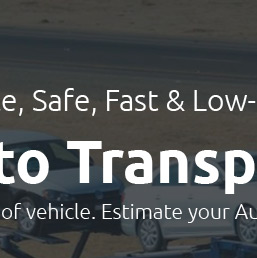 |
 |
|---|---|---|
 |
 |
|
 |
 |
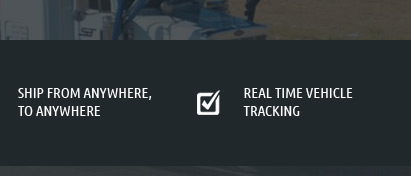 |
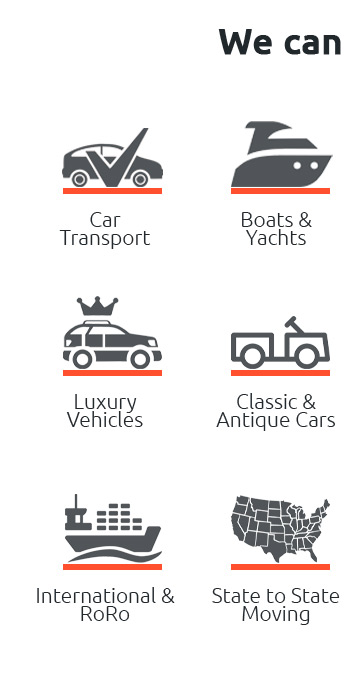 |
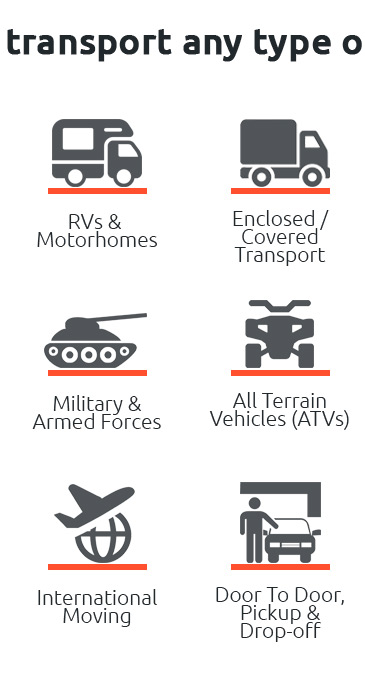 |
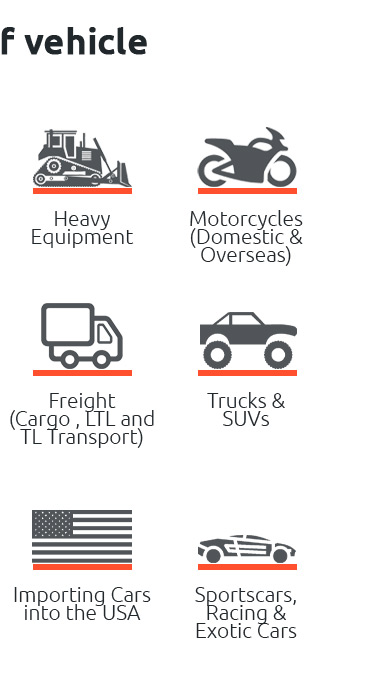 |
|---|
 |
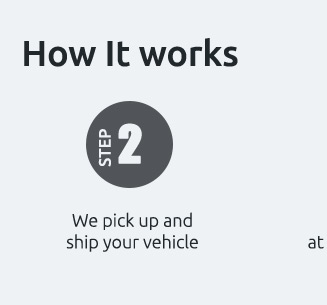 |
 |
|---|---|---|
 |
||
 |
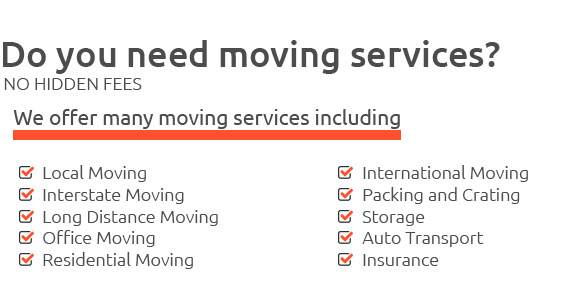 |
|---|---|
shipping container overseas price: what impacts it and how to planCost driversThe final figure you pay to move a box across oceans is a blend of market forces and operational details. Carriers adjust rates for capacity and demand, while origin and destination ports add local charges. Container size, lane popularity, fuel and congestion all play a part, as do currency swings and peak-season surcharges.
EstimatingRequest all-in quotes that separate ocean freight from local charges, and check Incoterms so you know who pays what. Compare lanes and carriers; reliability can justify a higher rate. Build a cushion for fuel and currency. Ways to save
Review performance quarterly, rebid strategically, and track landed cost, not just the headline rate.
|
|---|